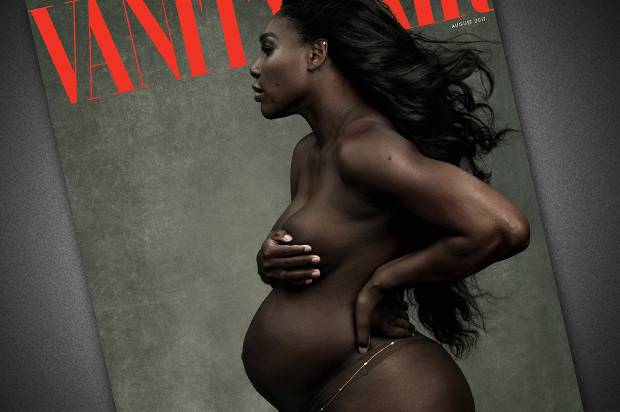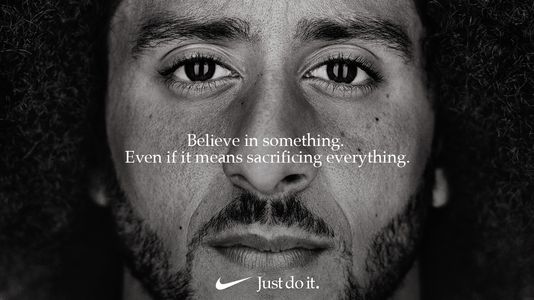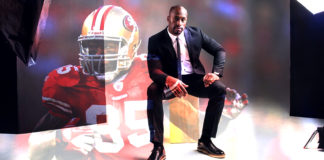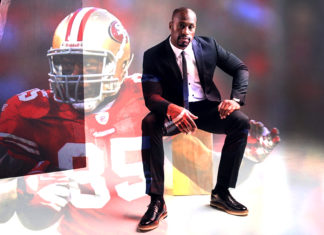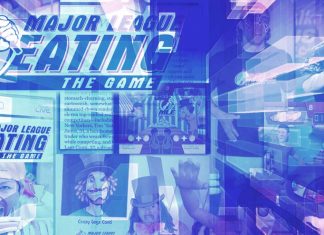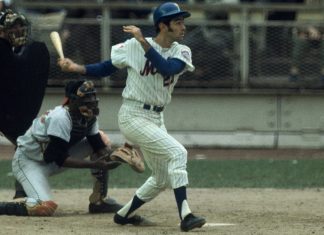It’s a story heard all too often. After suffering a debilitating and potentially career-altering injury, an athlete sees a doctor to get something to facilitate recovery. The doctor, given their limited options, prescribes opioids to help combat the pain. At first, the painkillers do the trick, allowing the player to recover. But over time, the pain returns, and rather than treating the root cause of it, the prescribed dosage increases. Chronic pain leads to dependency which turns into an addiction with long-term consequences lasting well after the player’s career comes to an end.
Former NHLer Derek Boogaard was one of many who suffered this fate. It began after an in-game fight that led to a broken tooth. He was prescribed painkillers and inadvertently became addicted. In the first month of his injury, he took 165 pills. Only a few weeks later, he approached an opposing team’s doctor in order to renew his prescription. Eventually, Boogaard died of an Oxycodone overdose.
So, if we know that opioids can jump-start this horrifying and vicious cycle, why are we so reluctant to consider the obvious alternative?
States where medical marijuana has been legalized report up to a 25 percent decrease in opioid-related deaths. There’s also never been a death due to a medicinal marijuana overdose, while an average of 115 Americans die from opioid overdoses every day. And yet, opioids continue to be the prescription drug of choice. While the general public might be relatively powerless to make a change in policy in the face of the pharmaceutical lobby, you’d think professional leagues sports leagues that value athletic performance over all else would make a push for change.
If only it was that simple.
For a myriad of reasons, medicinal cannabis is banned throughout the majority of pro sports, with some leagues treating offenders as severely as they do steroid abusers. One such league is the NBA, which put its original drug ban place in 1983. Part of this policy of prohibition can be attributed to the murky legal status a lifting of the ban would create, since only twenty-nine states permit medical cannabis use, while 21 states still prohibit it. Teams and players could face challenges and disruptions in their recovery, especially since they regularly cross state lines. But while that might explain the league’s reluctance to lift the ban today, it doesn’t justify the original reasons for prohibition, which seem to be much less logical and more sinister in their intent.
The NBA’s drug policy came into effect a little over a decade after President Richard Nixon declared a ‘War on Drugs’ in 1971. Heroin and cocaine were a real problem in this era, and as Dan Baum so eloquently put it, Nixon’s operation was an attempt to target “the hippies and the blacks.”
Fast-forward to a decade later. Ronald Reagan is President and incarceration rates are skyrocketing, thanks to the intensification of the “War on Drugs.” Meanwhile, the NBA is struggling to gain a foothold in America, which wasn’t helped by rumours that somewhere between 40 and 75 percent of the league was using cocaine on a regular basis. In order to combat this alleged epidemic, commissioner David Stern introduced the NBA’s drug policy for “drugs of abuse.” Stern said he wanted to “clean up the image of the league” while using player health and safety as reasons for the testing.
Let’s jump ahead now to the 1990s, where it was an open secret that NBA superstars such as Rasheed Wallace and Allen Iverson smoked pot regularly and for recreational purposes. Once again, Stern looked to combat what he saw as an image problem for the league, and made drug testing for performance-enhancing drugs and marijuana a point of emphasis in CBA negotiations, dragging out the ’99 lockout. Before the 2000–01 NBA season, the first round of testing began, and out of 430 players, only 12 tested positive for cannabis. Apparently, this was a big win for the league, proving new testing was deterring players from smoking pot. Here’s the catch, though: players knew in advance when testing would be done, which allowed them enough time to take preventive measures from getting caught. So it wasn’t much of a win after all.
Moving on to where we are today. The NBA and the NFL both have strict policies prohibiting the use of marijuana, which often results in fines and suspensions, while the MLB and NHL only test players with probable cause or does not test its players in entirety. While some question what’s led to this discrepancy in policy, there is one clear difference between the two leagues: Pro football and basketball players are mostly black, while baseball and hockey players are mostly white.
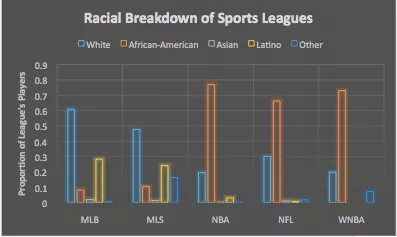
Similar to Nixon’s original intent with the War of Drugs, the differences in policy appear to be culturally versus scientifically-driven. Considering all four leagues are operating off of the same data, the only explanation is the difference in perceptions of who uses marijuana and for what reason.
Since leaving his post as the league’s commissioner, David Stern has completely changed his stance and has become one of the many advocates for medical marijuana to be removed from the NBA’s drug policy. Stern credits Sanjay Gupta’s docu-series for changing his mind, and now believes that all leagues should take a new look at their drug policy. Of course, it’s much easier for Stern to say now that he’s left the game, and wouldn’t have to deal with the ramifications of lifting the ban. And lifting it would be complicated.
One of the lingering issues is that NBA players travel at a high rate, often ending up in states where weed is still illegal. With this frequent travel schedule, it isn’t hard to imagine a scenario where a player receiving treatment carries medical marijuana with them on a flight and lands in a state where its illegal. Michelle Roberts, the union’s executive director, and Commissioner Adam Silver both fear this scenario, as even if cannabis use is approved in-house, the attorney general, Jeff Sessions could come after her players.
With the NBA’s current CBA set to expire in 2023–2024 (with a mutual opt-out the year before) the issue isn’t going away anytime soon, and advocate voices are only growing louder by the day. Already, Golden State Warriors head coach Steve Kerr and NBA legend Phil Jackson have been outspoken about their own marijuana use during their recovery and how they believe players can benefit from its use. Minnesota Timberwolves Forward Karl-Anthony Towns might be the current athlete most educated on this subject, and he’s been vocal as well. There are many obstacles that need to be cleared before anything comes to fruition (including the crusading Sessions), but it’s a start. And if there’s ever been a Commissioner willing to revamp the NBA’s drug policy, Adam Silver might just be the man.




